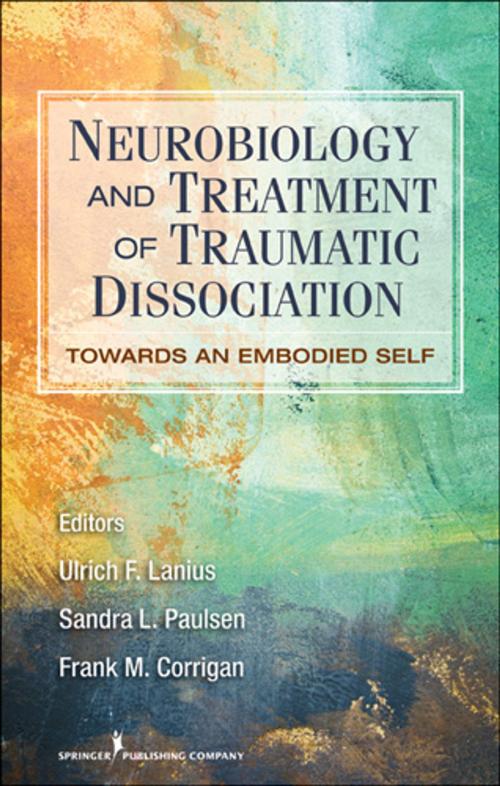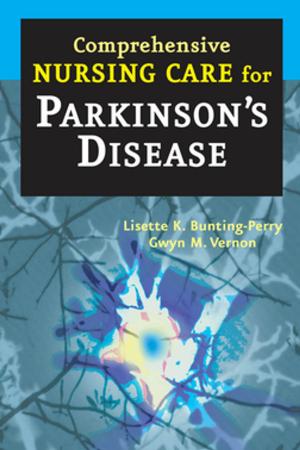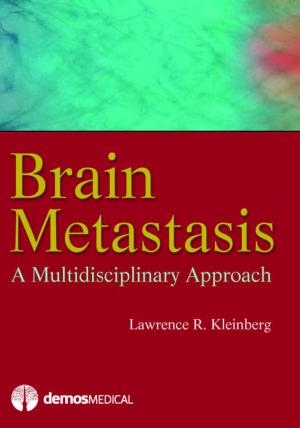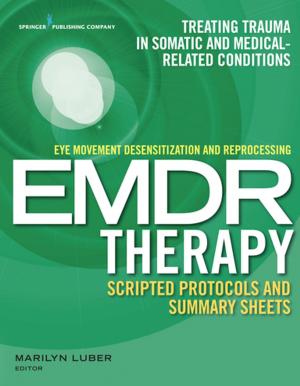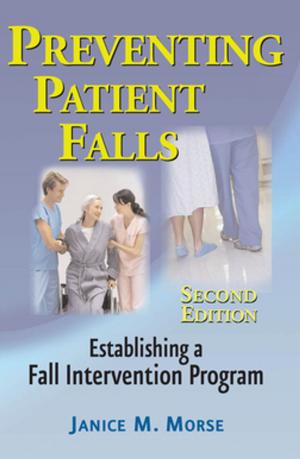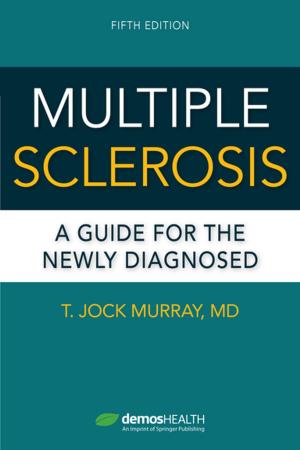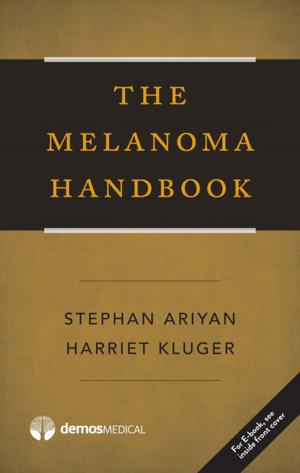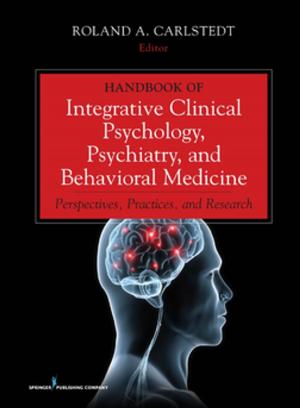Neurobiology and Treatment of Traumatic Dissociation
Towards an Embodied Self
Nonfiction, Health & Well Being, Psychology, Mental Illness, Clinical Psychology| Author: | Ulrich F. Lanius, PhD, Sandra L. Paulsen, PhD, Frank M. Corrigan, MD | ISBN: | 9780826106322 |
| Publisher: | Springer Publishing Company | Publication: | May 13, 2014 |
| Imprint: | Springer Publishing Company | Language: | English |
| Author: | Ulrich F. Lanius, PhD, Sandra L. Paulsen, PhD, Frank M. Corrigan, MD |
| ISBN: | 9780826106322 |
| Publisher: | Springer Publishing Company |
| Publication: | May 13, 2014 |
| Imprint: | Springer Publishing Company |
| Language: | English |
Encompassing the contributions of expert clinicians and researchers in the area of traumatic stress and dissociation, this volume is the first to integrate current neuroscience research regarding traumatic dissociation with several cutting-edge approaches to treatment, providing a comprehensive, neurobiologically based treatment approach.
The text discusses current neuroscientific research regarding traumatic stress and dissociation that includes attachment, affective neuroscience, polyvagal theory, structural dissociation, and information processing theory, yielding a comprehensive model that guides treatment and clinical interventions for traumatic dissociation. It then integrates this model with stage-oriented treatment and current therapeutic interventions, including EMDR, somatic and body psychotherapy approaches, Ego State Therapy, and adjunctive pharmacological interventions. Readers are given hands-on practical guidance regarding clinical decision making, enabling them to make sound choices about interventions that will facilitate optimal treatment outcomes.
Key Features:
- Provides a broad-based treatment approach to traumatic stress syndromes and dissociation
- Offers accessible current research in the basic neurosciences relevant to our understanding of attachment, traumatic stress, and dissociation
- Includes practical suggestions for integrating EMDR, somatic, and body psychotherapy approaches with Ego State Therapy and adjunctive pharmacological interventions
- Integrates concepts from the affective and cognitive neurosciences and the study of consciousness
- Presents a comprehensive neurobiological model that accounts for the therapeutic effects of both somatic therapies and EMDR, as well as adjunctive pharmacological interventions
Encompassing the contributions of expert clinicians and researchers in the area of traumatic stress and dissociation, this volume is the first to integrate current neuroscience research regarding traumatic dissociation with several cutting-edge approaches to treatment, providing a comprehensive, neurobiologically based treatment approach.
The text discusses current neuroscientific research regarding traumatic stress and dissociation that includes attachment, affective neuroscience, polyvagal theory, structural dissociation, and information processing theory, yielding a comprehensive model that guides treatment and clinical interventions for traumatic dissociation. It then integrates this model with stage-oriented treatment and current therapeutic interventions, including EMDR, somatic and body psychotherapy approaches, Ego State Therapy, and adjunctive pharmacological interventions. Readers are given hands-on practical guidance regarding clinical decision making, enabling them to make sound choices about interventions that will facilitate optimal treatment outcomes.
Key Features:
- Provides a broad-based treatment approach to traumatic stress syndromes and dissociation
- Offers accessible current research in the basic neurosciences relevant to our understanding of attachment, traumatic stress, and dissociation
- Includes practical suggestions for integrating EMDR, somatic, and body psychotherapy approaches with Ego State Therapy and adjunctive pharmacological interventions
- Integrates concepts from the affective and cognitive neurosciences and the study of consciousness
- Presents a comprehensive neurobiological model that accounts for the therapeutic effects of both somatic therapies and EMDR, as well as adjunctive pharmacological interventions
